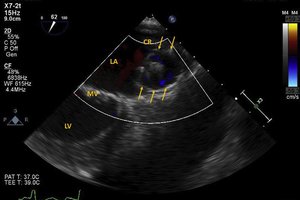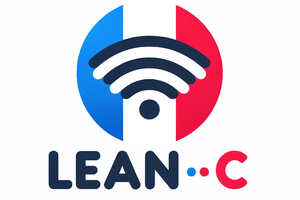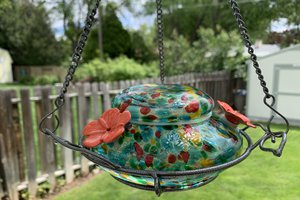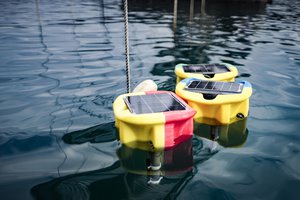To solve the problem at hand I want to build a health tracker cum SOS device for our explorers so that they can continue with their activities in a secure manner.
The device would connect to a mesh of nodes tracking fellow explorers. Security personnel would be warned in time if there is a health emergency like a miner asphyxiating while stuck in a cave through a central LoRa module that accesses the data from all nodes and sends notifications through a gateway at a suitable location. This would help save lots of lives and people can then continue such activities without any fear.
The benefits are -
- Many lives would be saved
- Health data would be monitored and medical response would arrive in time
- Environmental data logged could be used in research
- Logged data would help tourism and exploration agencies
The health tracker will send health data ( such as heart beat , blood oxygen, movements) along with temperature, humidity, air quality to a local mesh of nodes built upon BLE and running AWS IoT Greengrass. The nodes would be in the form of PSoC 6 Prototyping kit modules as they have a high link budget of around 98dbM. In addition, I will use gyro and accelerator sensors to measure any sudden fall or movement. For sending SOS messages, a small push-button would also be placed. A module would also log GPS data when possible. The air quality sensors would trigger a warning for the user in case there is a health issue like excess CO in a cave.
When any worker or explorer is in danger, the group members are sent an SOS over the BLE mesh. Also, the central LoRa board made of an RFM95 868MHz module with an ESP32 immediately notifies safety personnel.
Data would be logged on the Prototyping kit and essential location data would be sent at 5 min intervals to the LoRa gateway which uploads it to AWS IoT DynamoDB for analysis in future. AWS IoT Core also serves for visualising the collected data.
Why the Prototyping kit over the Pioneer kit???
Simply because it has double the amount of RAM which is beneficial in case a node loses connectivity and other nodes have to take the burden of its data on AWS IoT Greengrass. Also, more I/O options serve for easy attachment of a large number of sensors in case additional measurements like environmental data is to be logged. The screen the Pioneer offers is not really needed here but the sensors like IMU and temperature may reduce the cost of my project. However, I already have these sensors and it would not be a burden.
Hardware
- PSoC 6 Prototyping kit
- Heart rate sensor
- CO sensor
- MPU-9250
- CO2 sensor
- DHT11 temp and humidity sensor
- GPS module
- RFM95 868MHz module
- ESP32 dev board
Software
- NodeRed
- STM32Cube
- ModBus Toolbox
- AWS IoT
- Arduino IDE
WHO AM I?
I am an IoT enthusiast pursuing Electronics Engineering at a prestigious engineering college in India. I am new to Hackaday but have completed many IoT projects in the past based on home automation.
I am familiar with a large number of MCUs like Arduino, STM32, Teensy, NRF,etc. I have experience making projects based on BLE, WiFi, LoRa and RF and I will soon populate my profile here with them.
I spend most of my time making random home automation projects based on RasPi and NRF boards. I do this along with my college studies and research projects based on control systems at college.




 EmericB
EmericB
 Noah
Noah
 designlab.ac
designlab.ac
Good idea. As you say adventure tourists usually go to the area where no networks or 2g, 3g, 4g. In this case, how to use send SOS in your project.